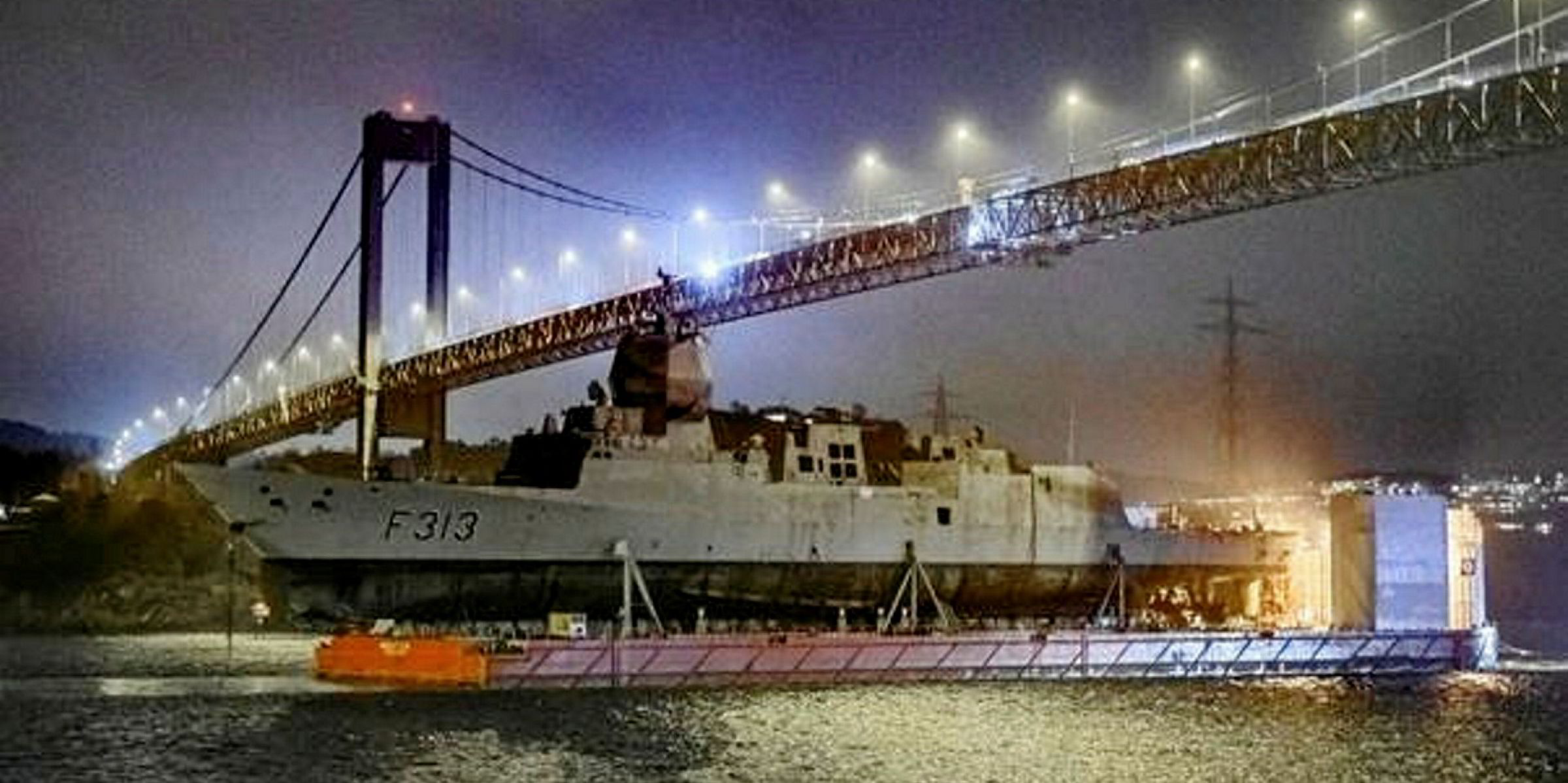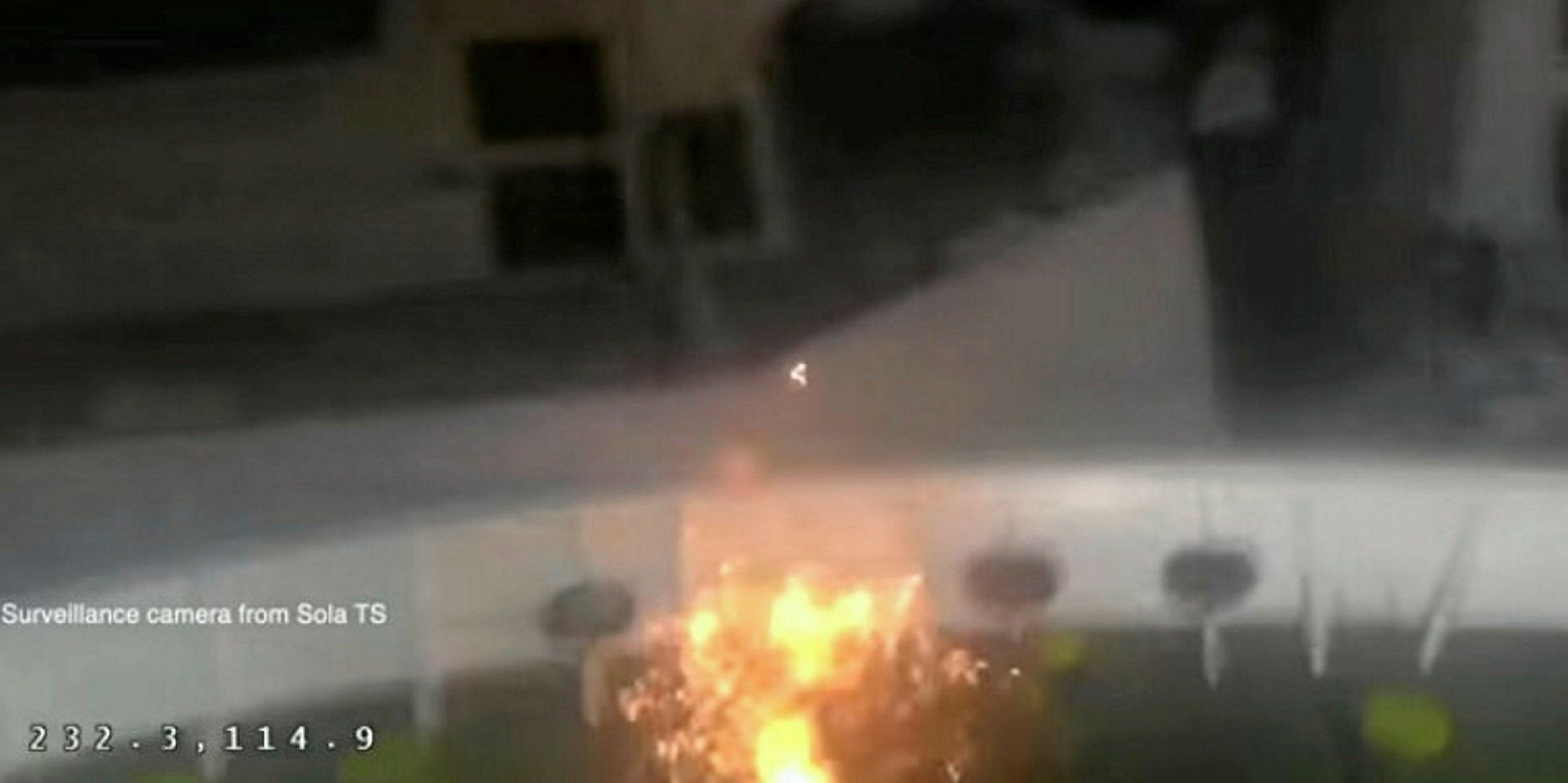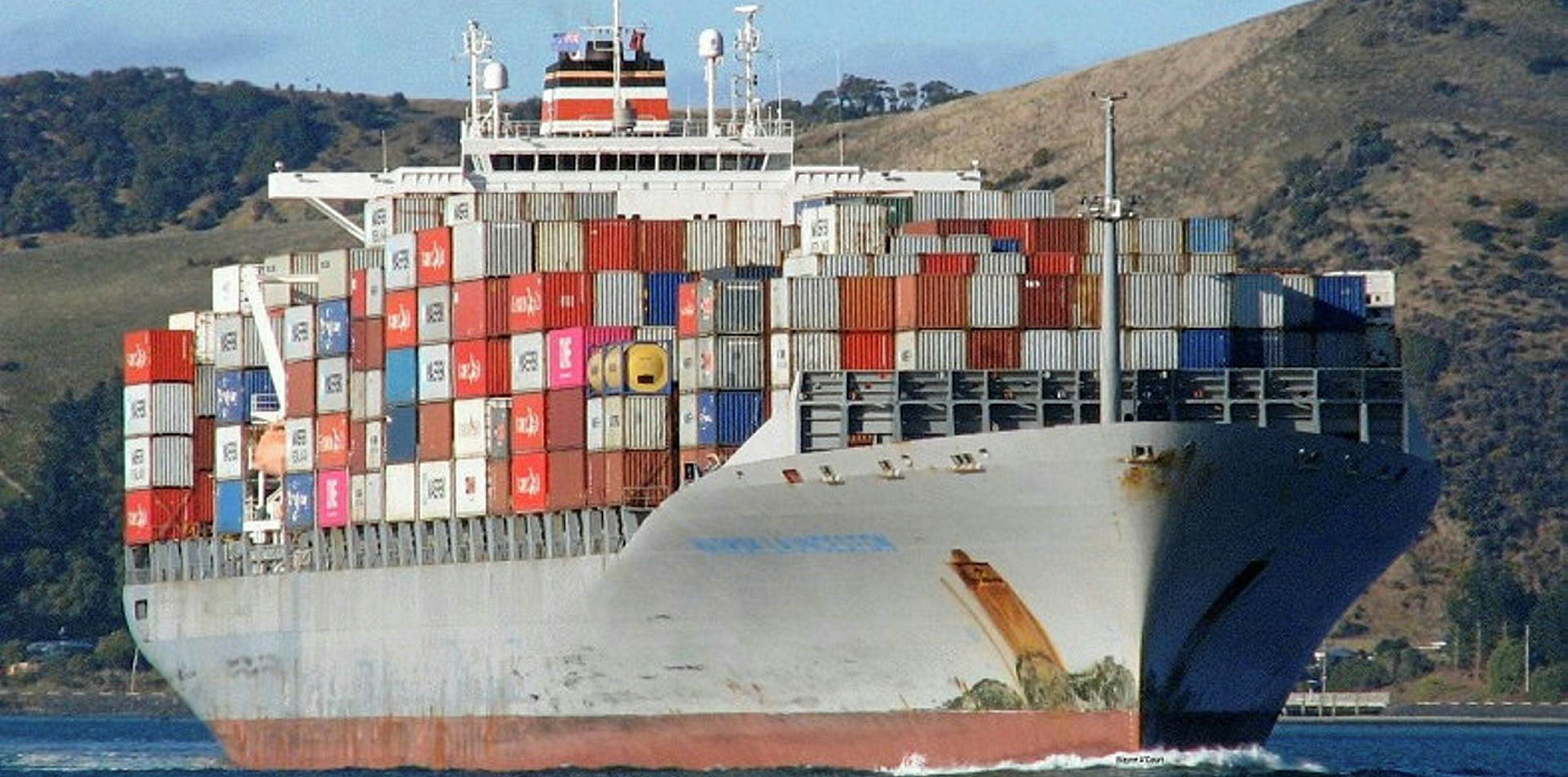Norway's Ministry of Defence is claiming NOK 15bn ($1.6bn) in damages from class society DNV GL over a collision that sank a frigate in 2018.
The Helge Ingstad went down off Norway following a clash with a Tsakos Energy Navigation-controlled tanker, the 113,000-dwt Sola TS (built 2013), after it left the Sture terminal.
The state has sued DNV GL over a new class certificate awarded in 2017 that was valid until 2021.
TradeWinds sister newspaper Dagens Naeringsliv cited the Teknisk Ukeblad daily as saying that Accident Investigation Board Norway's preliminary report on the accident revealed the frigate's hollow propeller shafts led to water being able to spread quickly.
The Ministry of Defence believes that DNV GL should have revealed this.
A trial over the accident was halted earlier this year pending a final report from AIBN.
The hearing has been rescheduled for September and October 2021.
Claim 'unfounded'
DNV GL said in a statement to TradeWinds the naval vessel was delivered from the yard and put into operation in 2009.
"DNV GL’s contractual assignment was neither related to the design, construction nor inspection of the ship during the construction phase," the class society added.
"DNV GL’s involvement with the vessel occurred some five years after it was put into operation through what is known as ‘class entry’."
The vessel's class entry was based on drawings and information provided to DNV GL by the Norwegian Armed Forces, DNV GL said.
Based on this information, in 2014 DNV GL approved the vessel in accordance with a class standard which, among other things, describes rules for periodic inspections which the ship owner must follow, the society added.
"DNV GL has thoroughly reviewed the case and believes the claim to be groundless. There is no basis for liability, nor is there a causal link between the class entry and Helge Ingstad's subsequent loss," DNV GL said.
"This is now the subject of court proceedings and it would therefore be inappropriate to comment any further at this time."
Tsakos Energy Navigation (TEN) said last year it was ready to review its safety procedures after the incident.
TEN limited its liability to NOK 400m in an earlier hearing.
The potential damage to the frigate has previously been estimated at up to NOK 14bn.
Frigate more at fault
The AIBN report found more navigational failings on the side of the frigate than the tanker or the local vessel traffic service and pilot station on the island of Fedje.
The report identifies 10 contributory factors to the accident caused by the frigate, two to Sola TS and six to the Norwegian coastal administration's vessel traffic service.
The tanker's main failing was the use of deck lighting, which blurred its own navigation lights and made it difficult for the frigate to identify it as a vessel.
The frigate crew mistakenly identified Sola TS as a “stationary object near the shore”.
But the AIBN report said the Helge Ingstad bridge crew were also inexperienced, while the frigate in addition had turned off its AIS.







